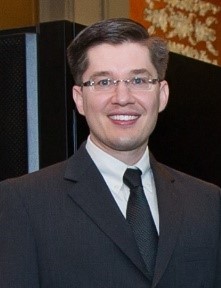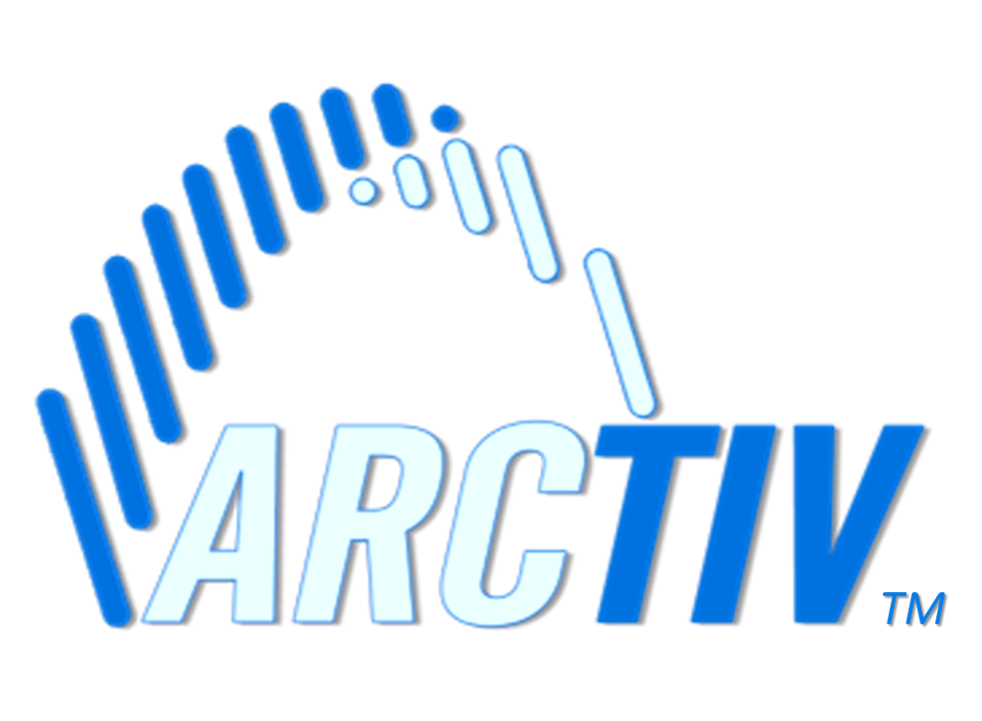Starting in 2018, IEEE802.3bt amendment for Enhanced Power over Ethernet (PoE++) has increased from 30 watts (type 2) to 60 and 90 watts (type 3 and 4) per cable. The high-power cable ratings will allow a new tier of devices to be powered directly from the switch; eliminating the need for local A/C power converters. Examples of the new ratings and devices include:
| Per-Port Power | 15.4W | 30W | 60W | 90W |
| Port Type | Type 1 | Type 2 | Type 3 | Type 4 |
| Year Established | 2003 | 2009 | 2018 | 2018 |
| IEEE Standard | IEEE802.3af | IEEE802.3at | IEEE802.3bt | IEEE802.3bt |
| Powered Devices |
|
|
|
|
There are currently switches on the market such as Catalyst 9300 Series which support Type 3, 60W per-port and many more will be coming available in the next few years. What does this mean for your network?
- Higher power systems will require greater power conditioning and back-up power
- Cabinet size and load capacities will increase to support larger UPS and battery sizes
- Cabinet densities will increase, requiring greater cable and airflow management
IMPACT ON THE UPS
A comparison of 24-port switches total power capacity can be shown below. It is clear to see the significant impact of Type 3 and 4 PoE++ switches will have to the UPS and battery systems and resultingly cabinets to support these applications.
| Port Type | Per-Port Power | Total PoE Power | Heat | UPS | Common Rack-Mount UPS Size |
| Type 1 | 15.4W | 370W | 2465 BTU/hr @720W | 0.7kVA | 2U x 450mmD, 16.5kg |
| Type 2 | 30W | 720W | 3793 BTU/hr @1.1kW | 1kVA | 2U x 450mmD, 16.5kg |
| Type 3 | 60W | 1440W | 6258 BTU/hr @1.8kW | 2kVA | 2U x 522mmD, 28.5kg |
| Type 4 | 90W | 2160W | 3kVA | 2U x 604mmD, 28.6kg |
IMPACT ON CABLING
Multiple types of cable ratings can be used to support the next-generation PoE capacities, including CAT5e, CAT 6 and CAT 6A, though enhanced cabling techniques need to be used in managing the higher heat load. Recommended practices include:
- Limit cable bundle sizes based on NEC standards (best practice is less than 100 cables per bundle).
- Cable sizes are increasing to support higher power, temperature and transmission rates (from 24AWG to 22AWG), requiring greater cable management capacities.
- Power cables to support UPS and high-power switches, moving from local outlets to IEC-rated PDU’s.
IMPACT ON CABINETS
Given the changes to the UPS and cabling systems, IT managers need to consider a wide range of enhanced cabinet features to reliably support their PoE++ switches for both the short and long-term. ArcTiv cabinets specialize in wall mount and floor cabinets for SMB’s, branch offices and applications requiring low profile and high density solutions. Below is a list of common considerations in selecting the right cabinet:
- Higher Load Capacity – cabinet load ratings should support the UPS and batteries along with higher power switches and networking devices. 90kg and greater is recommended for installations using a UPS, whereas 60kg can be utilized for lower-duty applications when a rack-mount UPS is not included.
- Greater Depth – cabinet depths should range from 600mmD and 800mmD to support the larger UPS sizes and accommodate extra space for cable management.
- Reliable Operation – on wall mount applications, fully welded designs provide greater support for heavier equipment. Reinforced hinges on swing gate cabinets provide extra stability.
- Greater Security – fully locking cabinets with front door, swing gate and side panel locks are needed for maximum security. Consider a vented or solid front door in applications where the cabinet is not stored in a secure room.
- Maximum Organization – high density cable management efficiently separates the cables in small, organized bundles. Keep the power and communications cabling adequately separated to prevent any cross-talk interference. Keeping the cables organized and separated improves the system airflow, and allows servicing the cabinet to be simple and intuitive.
- Quiet Operation – as the power densities increase, so does the need for cooling capacity. Higher BTU fan kits can be noisy and not appropriate for office environments. Consider upgrading to a low-noise fan kit for quiet operation.
- Greater Equipment Access – As networks are continuously expanding and integrating new devices, the need to access and manage the cabinets will be ongoing. Swing-gate cabinets offer full access to both the front and the rear of the cabinet to help manage both the power and communications cabling. Consider the long-term impact of owning the cabinet when specifying between a fixed or swing-gate product.
- Field Customization – cabling and equipment routing is not always known during the initial install and as equipment is added or changed over time, the ability to field-modify the cabinet is essential. Items to consider include adjustable 4-post rails, adjustable cable management, increased RMU mounting capacity for smaller devices and extra fan mounting for increased capacity.
- Free Standing or Desktop Operation – In office environments where space is limited, cabinets can have castors or feet added to accommodate desktop or floor mounting.
- Greater RMU Availability – 0U PDU mounting and patch panel mounting brackets offer extra space for IT equipment and greater organization.
- Low-Profile Operation – vertical mount cabinets offer support for deeper switches and UPS’s without compromising room footprint. These are ideal for back-office or retail applications where space is limited.
CONTACT US to learn more about how Edge-Series Cabinets can provide solutions to protect and manage your PoE++ network.
ABOUT THE AUTHOR

Daniel S. James II, MSEE, MBA
Daniel is the founder of ArcTiv Technologies and currently is resides in Taipei, Taiwan and St. Louis, MO, USA. He brings over 15 years of experience in both the data center and industrial automation industries having worked for Fortune 500 technology companies in various roles including Corporate Strategic Planning, Product Management and Business Development. Connect with him on Linked-In.

